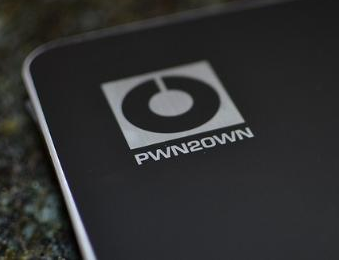“Ugly Mail” Helps You Track Tracking
Yes, they ARE tracking you, if you open your email! Be aware, and be safe!
A Clever Way to Tell Which of Your Emails are Being Tracked
Wired – By: Brian Barrett – “While you’ve likely never heard of companies like Yesware, Bananatag, and Streak, they almost certainly know a good deal about you. Specifically, they know when you’ve opened an email sent by one of their clients, where you are, what sort of device you’re on, and whether you’ve clicked a link, all without your awareness or consent.
That sort of email tracking is more common than you might think. A Chrome extension called Ugly Mail shows you who’s guilty of doing it to your inbox.
Sonny Tulyaganov, Ugly Mail’s creator, says he was inspired to write the ‘tiny script’ when a friend told him about Streak, an email-tracking service whose Chrome extension has upwards of 300,000 users. Tulyaganov was appalled.
‘[Streak] allowed users track emails, see when, where and what device were used to view email,’ he recalled to WIRED. ‘I tried it out and found it very disturbing, so decided to see who is actually tracking emails in my inbox.’ Once the idea for Ugly Mail was born, it only took a few hours to make it a reality.
The reason it was so easy to create is that the kind of tracking it monitors is itself a simple procedure. Marketers—or anyone who’s inspired to snoop—simply insert a transparent 1×1 image into an email. When that email is opened, the image pings the server it originated from with information like the time, your location, and the device you’re using. It’s a read receipt on steroids that you never signed up for.
Pixel tracking is a long-established practice, and there’s nothing remotely illegal or even particularly discouraged about it; Google even has a support page dedicated to guiding advertisers through the process. That doesn’t make it any less unsettling to see just how closely your inbox activity is being monitored.
Using Ugly Mail is as simple as the service is effective. Once you’ve installed it, the code identifies emails that include tracking pixels from any of the three services mentioned above. Those messages will appear in your inbox with an eye icon next to the subject heading, letting you know that once clicked, it will alert the sender. Tulyaganov also confirmed to WIRED that Ugly Mail also doesn’t store, save, or transmit any data from your Gmail account or computer; everything takes place on the user’s end.
Ugly Mail appears to work as advertised in our test, but it has its limitations. It’s only built for Gmail (sorry… Outlookers?) and is only available for Chrome, although Tulyaganov says that Firefox and Safari versions are in the works. And while it’s effective against Yesware, Bananatag, and Streak, those are just three pixel-tracking providers in a sea of sneaking marketers. Tulyaganov has indicated that Ugly Mail will continue to add more tracking services to its list, but it’s not clear yet how long that might take. The onrush of users after receiving top billing on Product Hunt may help speed up the process.
If you’d like take take the extra step of just blocking pixel tracking altogether, another Chrome extension called PixelBlock—also referenced on Product Hunt—automatically prevents all attempts, instead of Ugly Mail’s more passive strategy of simply informing you that they’re happening.
Pixel tracking isn’t going away any time soon, and Ugly Mail is an imperfect way to prevent it. But it still offers a valuable glimpse at the marketing machinations we’re all exposed to every day, whether we’re aware of them or not.”
 This year, everyone got hacked! It was an awesome event!
This year, everyone got hacked! It was an awesome event!




 Impulse Drive from Star Trek is here! Awesome sauce!
Impulse Drive from Star Trek is here! Awesome sauce! Oculus Rift is going to be so cool!
Oculus Rift is going to be so cool!